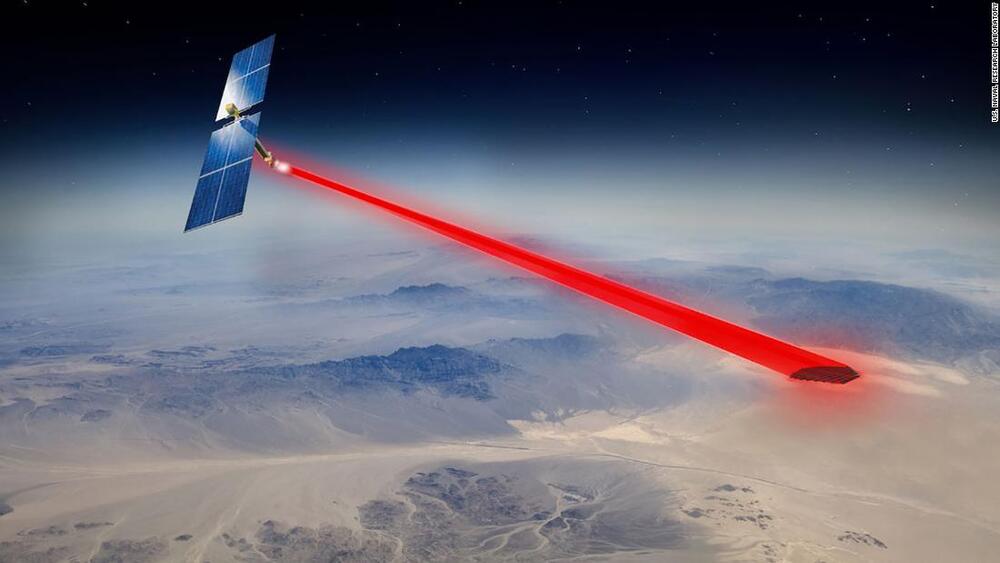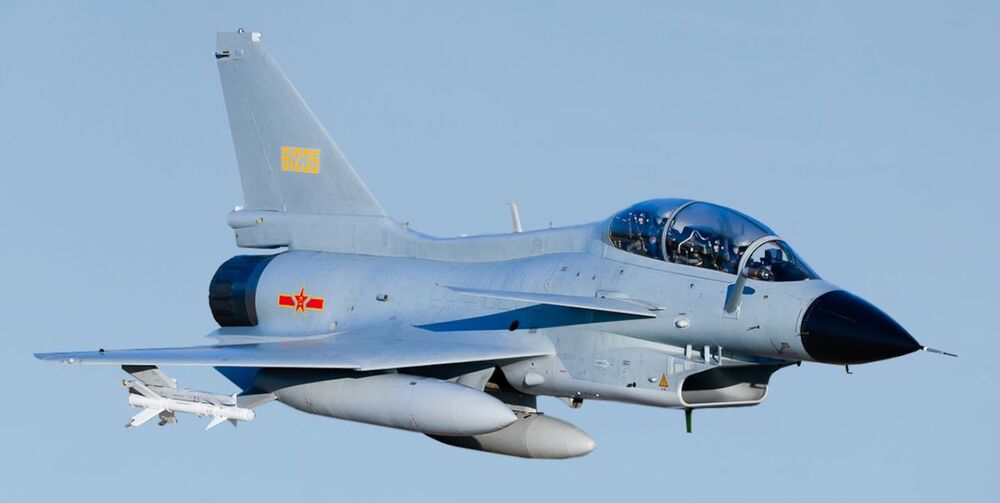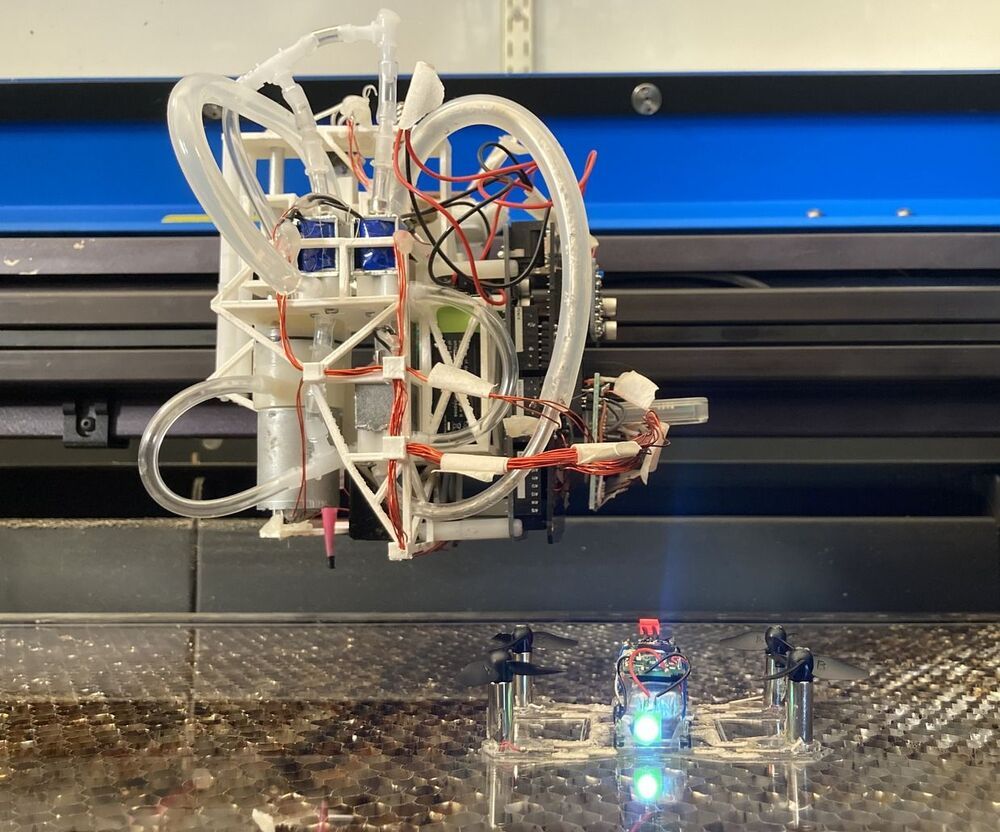Mar 9, 2021
Elevators, Space Edition
Posted by Unni Neel in categories: business, government, military, space
Free conference covering the upcoming MOON ELEVATOR project: 9–11 March. Bringing together government, military, private industry, academia and others, this three day event is sure to be an eye opener on where we are and where we are going in the coming 5–10 years. Don’t miss out! Get your tickets free today.
- Gravitational Elevators (Lunar Space Elevator Infrastructure)
- Centripetal Elevators (Space Elevators from Earth).
















